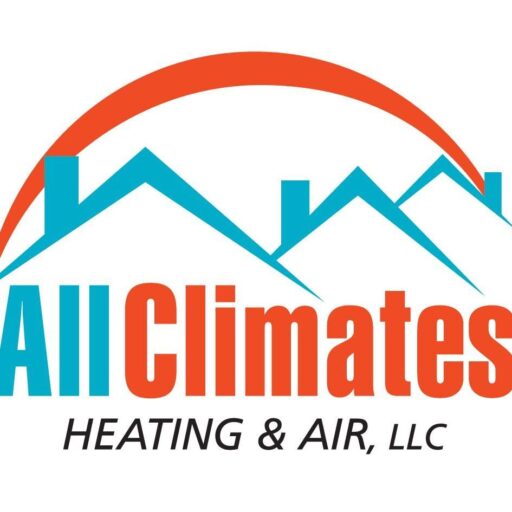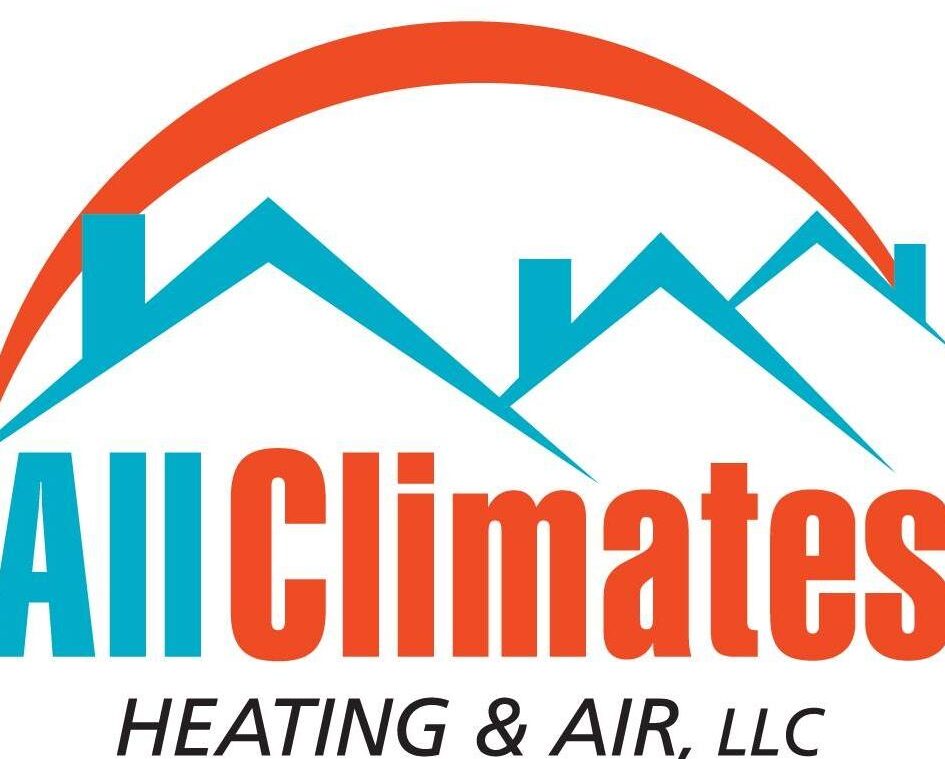Title: “DIY HVAC Troubleshooting: How to Address Common Issues Before Calling for Service”
As a homeowner, dealing with HVAC problems can be a frustrating experience, especially when your comfort and indoor air quality are compromised. While it’s always advisable to seek professional help for complex issues, there are several common HVAC problems that you can troubleshoot on your own before calling for service. By following some simple steps, you may be able to identify and even resolve certain issues, saving time and money in the process.
1. Check the Thermostat: One of the most common reasons for HVAC malfunctions is an incorrectly set thermostat. Make sure your thermostat is set to the desired temperature and is in the correct mode (heating or cooling). Replace the batteries if needed and ensure the thermostat is clean and free of dust or debris that could affect its functionality.
2. Inspect the Air Filters: Clogged or dirty air filters can restrict airflow, reduce system efficiency, and even cause system damage. Check your air filters regularly and replace them if they are dirty. Clean filters not only improve air quality but also help your HVAC system operate more effectively.
3. Clear Obstructions: Ensure that both the indoor and outdoor units of your HVAC system are free from any obstructions. Remove debris, leaves, or any other objects that may be blocking the airflow. Proper airflow is essential for the system to function efficiently.
4. Check the Circuit Breaker: If your HVAC system is not turning on, check the circuit breaker to see if it has tripped. Reset the breaker and see if that resolves the issue. If the breaker continues to trip, it may indicate a more significant problem that requires professional attention.
5. Monitor Strange Sounds or Smells: Unusual noises or odors coming from your HVAC system could be signs of a potential problem. Rattling, banging, or grinding noises may indicate loose components or mechanical issues, while musty or burning smells could indicate a more serious issue. If you notice any of these signs, it’s best to turn off the system and contact a professional technician.
6. Test the Air Vents: Uneven cooling or heating in different rooms could be a result of blocked or closed air vents. Ensure all vents are open and unobstructed to allow for proper airflow throughout your home.
By following these simple troubleshooting steps, you may be able to identify and resolve minor HVAC issues on your own. However, if the problem persists or if you are unsure about how to address it, it’s always best to contact a licensed HVAC technician. Professional technicians have the expertise and equipment to diagnose and repair complex HVAC problems effectively, ensuring your system operates efficiently and your home remains comfortable.
Remember, regular maintenance and timely repairs are key to prolonging the lifespan of your HVAC system and maximizing its performance. By being proactive and addressing issues promptly, you can avoid costly repairs and ensure your home stays comfortable year-round.

